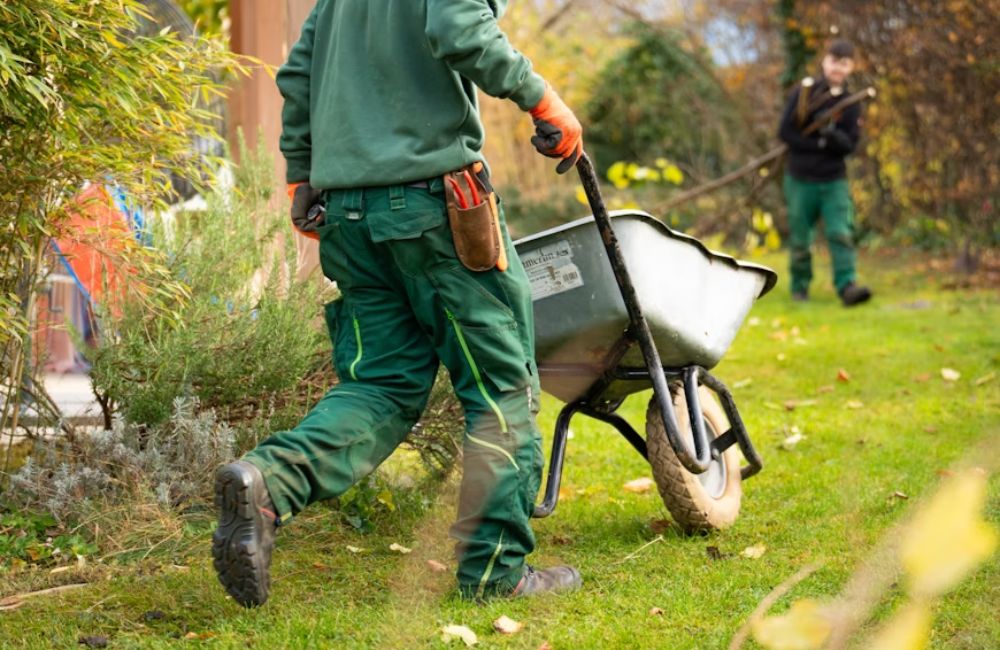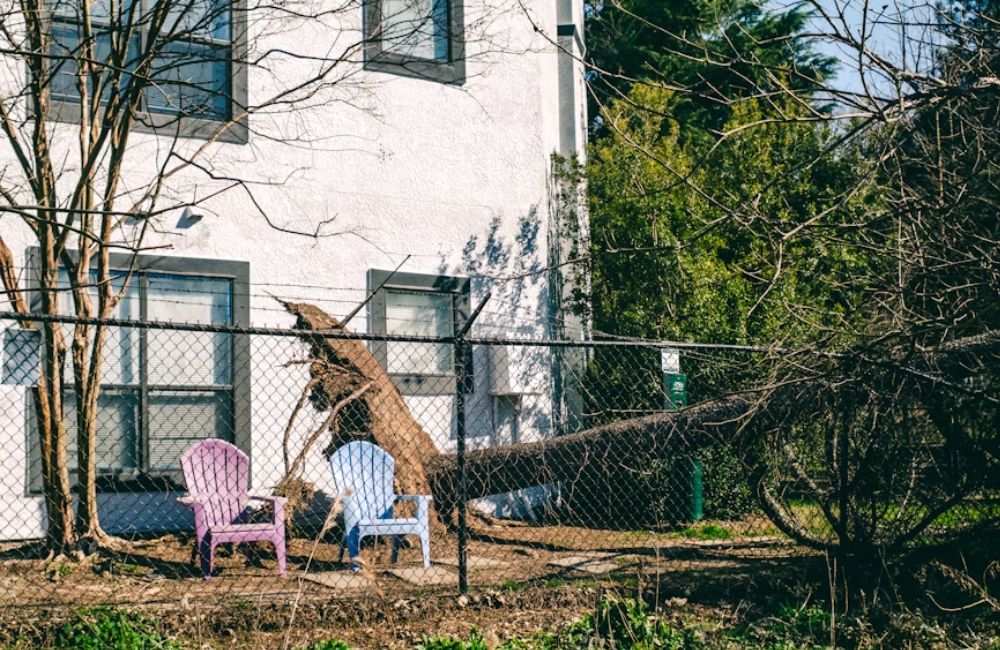Get the week's most popular posts delivered to your inbox.
Our weekly update is free yet priceless and you're less than a minute away from getting the current edition.
In the unlikely event we disappoint, you can unsubscribe with a single click!
Last Updated on October 30, 2025 by teamobn
When planning and designing your home’s landscape, it’s easy to get carried away with choosing the best design trends and forget about the drainage and functional aspects. Neglecting the drainage and functional strategies when designing your landscape can lead to costly mistakes that would spoil your garden’s function and appeal.
By taking care of your drainage needs early on, you’ll be avoiding potential horrifying sights of a backyard full of water every time there’s a heavy downpour in your region. Below, we’ll look at some of the most common drainage mistakes that can ruin your landscaping and we’ll discuss how you can avoid them.
Contents
Ignoring Poor Grading
If your ground is poorly graded, it means it slopes toward your property rather than sloping away from it to drain water from your home and yard. More often, homeowners don’t even realize their land is poorly graded, yet this is the first and most crucial step in protecting a home from water interference.
The best way to find the slope of your land is to check the path that water always takes when it rains. Water tends to take the path of least resistance as dictated by gravity, so this should guide you in knowing how to grade your land during landscaping.
Once you know the direction of your yard’s slope, ensure it’s not rising as you move from your home in any direction. If you notice a rising slope on any side of your home, it’s crucial to level it first before installing other landscaping features.
Not Verifying Soil Quality and Stability
While it’s exciting to see your landscaping ideas coming to life, it’s also crucial to spare some time before starting the project to verify your home’s soil quality and stability. There are three main materials that significantly impact soil stability and quality, and these are clay, silt, and sand soil components.
Soil that is heavily clayed usually suffers from drainage issues due to its high density, which makes it challenging for water to pass through. If water finally passes through clay soil, it can cause the soil to shift, which can be risky for the foundations of property built on this soil type. With clay soil, you’ll also have to find the right solutions for draining stagnant water from your yard to a municipal drainage system.
If your soil is predominantly sandy, you’ll enjoy better drainage performance, especially near your home’s foundation and other landscaping structures. However, sandy soil is more prone to shifting, making it extremely unstable for holding foundations. Silt soil offers the perfect balance for water retention and drainage abilities, and is the best to have for a perfect yard. You can always find out the type of soil in your yard and seek guidance before commencing any projects.
Using the Wrong French Drain Filtration Fabric
Installing a French drain is one of the practical solutions for directing water out of your yard. However, failing to choose the right filtration fabric for your French drain or not using one at all can lead to drainage clogs and blockages. The wrong fabric will inhibit water flow into the perforated pipe, while not using a filtration fabric will cause sediments to quickly clog the drain.
A non-woven drainage fabric that’s specifically designed for drains will work best for your French drain by providing the right porosity and drainage flow rate. Using woven landscape fabric won’t help in a French drain, as these are designed for weed control and shouldn’t be used with French drains.
Not Taking Care of the Roots Invading Drain Pipes

Trees and shrubs are a significant part of a beautiful landscape, but if not well-planted and managed, they can cause trouble for your drainage system. Tree roots can develop so fast, becoming invasive, growing under and into your drainage pipes, leading to pipe clogs or even bursts. When pipes get clogged or damaged, water may lack an alternative path to flow out of your yard, leading to water pools and flooding.
To avoid all these, you’ll need to invest in preventative measures, such as excellent tree care on your property with the help of an experienced arborist. You may also use the help of a reputable landscaping guide to help you plan your yard effectively, especially when positioning plants and drainage systems. If the damage has already been done, you should remove the roots immediately and clean and repair the pipes to restore a seamless water flow.
Using the Wrong Fill Material in a French Drain
When choosing a French drain fill material, you may pick the wrong type of rock, and this can cause the very drainage problem you’re trying to solve. The wrong type of rock may not allow water to reach the French drain’s perforated pipe at the right speed or may entirely prevent water from percolating downwards.
Homeowners often make the mistake of using crushed or pea gravel as a filling material when constructing a French drain. While these two materials should easily allow water percolation, they don’t always offer the best performance in French drains.
Crushed gravel contains fine dust that easily clogs the French drain, preventing water from draining through seamlessly. On the other hand, pea gravel stones are available in small sizes, causing them to stick closely together, reducing or preventing water flow. As a good rule of thumb, you should ensure the material used in your French drain is at least 1-1.5 inches in size for seamless drainage.
Poorly Installed or Clogged Gutter Systems
The worst place to have water accumulating is near your house’s foundation, yet this is what a poorly installed or clogged gutter system exposes you to. Always ensure that your eavestroughs and gutters are perfectly sealed to prevent water from draining behind the gutter to cause problems near your home.
A perfectly installed gutter system should have a bit of a slope to allow for the easy drainage of water down to the downspout. Improper downspout installation can lead to erratic emptying of water into paved areas or plant areas, causing more problems in your yard. Ensure the downspout extends beyond any area you wouldn’t want water to stagnate on and, if possible, direct it to a drainage system for effective water control.
Reducing the impact of rainwater on your yard is the best way to give it optimal appeal and performance. By avoiding these mistakes that ruin landscaping, you’re able to get the most out of your space and avoid water menace even if you live in a wet region.
Get the week's most popular posts delivered to your inbox.
Our weekly update is free yet priceless and you're less than a minute away from getting the current edition.
In the unlikely event we disappoint, you can unsubscribe with a single click!






